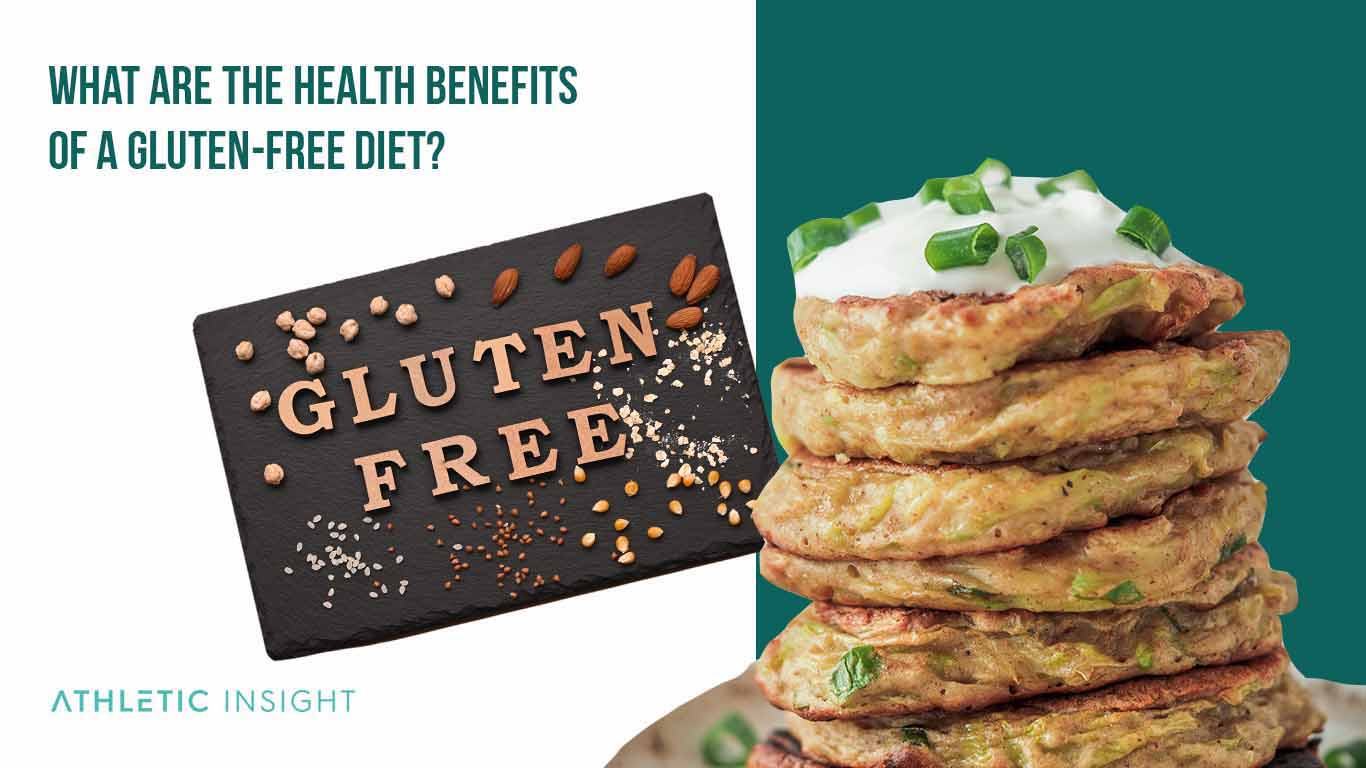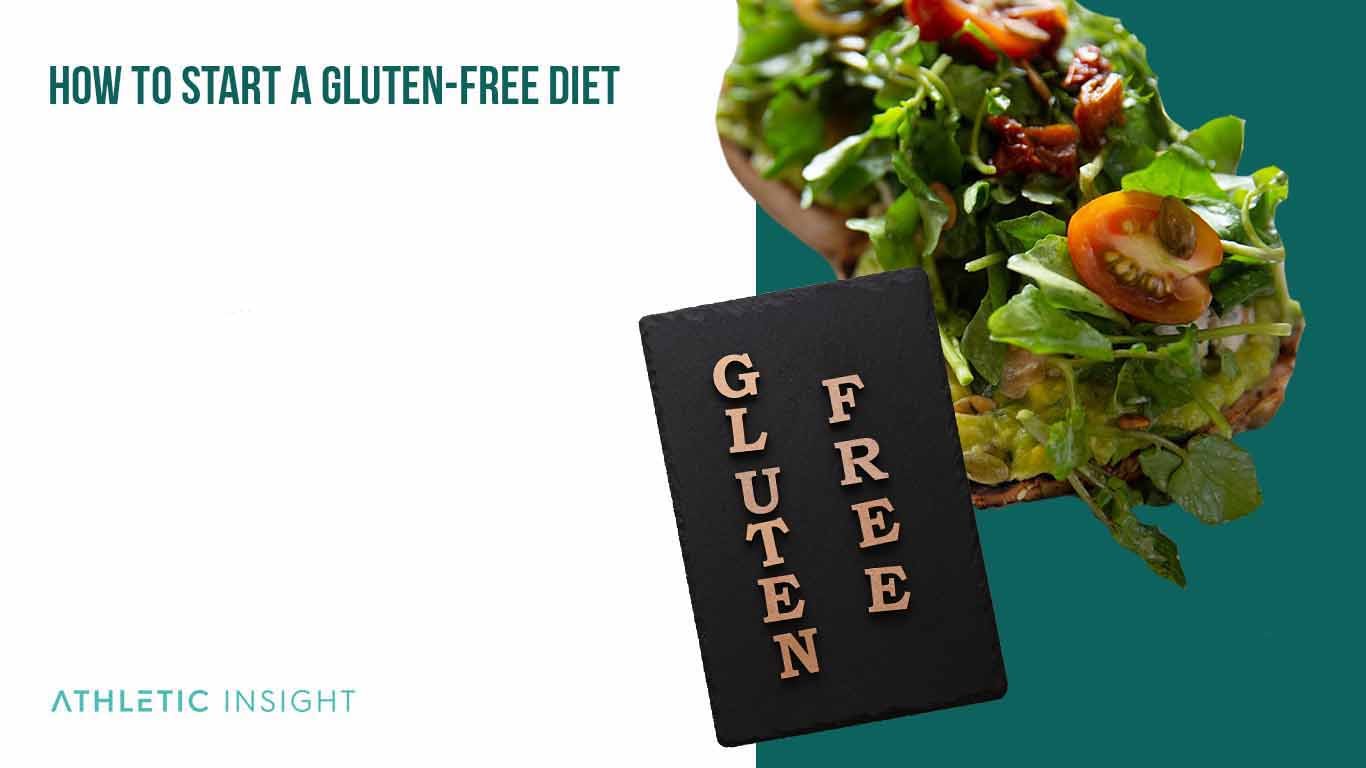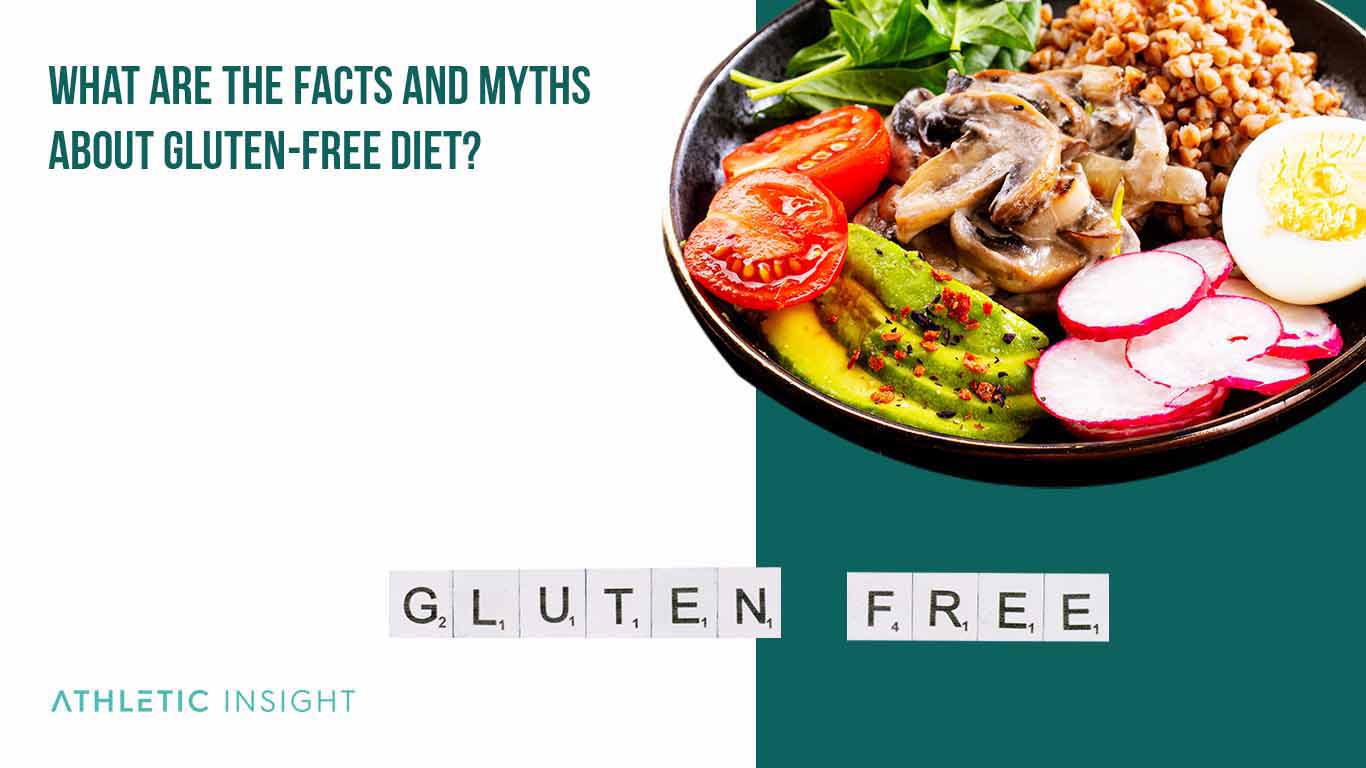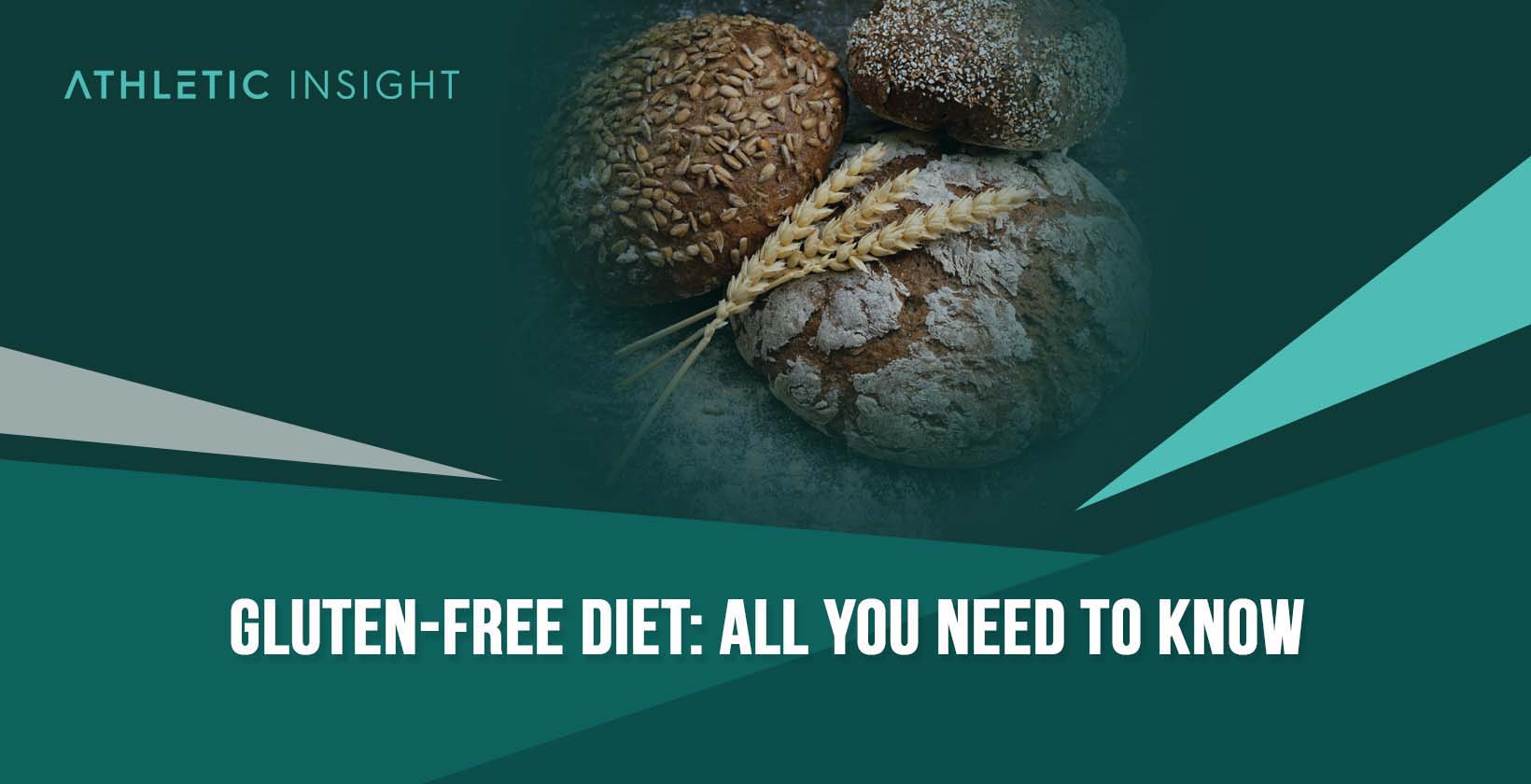A gluten-free diet excludes all gluten-containing foods. It’s popular among individuals hoping to lose weight or boost energy. However, the most common followers of a gluten-free diet are those who have a gluten intolerance.
The main benefit of a gluten free diet is that it helps prevent the discomfort digesting gluten can cause. However, some studies indicate it can have health benefits for those with no gluten intolerance.
How Does a Gluten-Free Diet Work?
Gluten can cause abdominal distress, diarrhea, headaches, and other symptoms in people who have gluten sensitivity. Eliminating it from your diet will ease the pain and discomfort gluten causes in some people.
It’s unlikely you’ll experience any noticeable reactions when switching. However, some people have reported feeling excessively hungry, dizzy, or anxious in the first few weeks following a switch.
If you don’t have a diagnosed gluten intolerance, you can begin reintroducing gluten after 1-2 years to see if your sensitivity has improved.
Who Should Follow a Gluten-Free Diet?
Biologically, not everyone needs to go gluten-free. Although there are potential gluten free diet health benefits, including weight loss and increased energy, the people who will benefit most already have one of these four gluten sensitivities.
- Celiac Disease
- Non-Celiac Gluten Sensitivity
- Gluten Ataxia
- Wheat Allergy
1. Celiac Disease
Celiac disease is a disorder that prevents an individual from properly digesting gluten. Over time, it causes damage to the small intestines, which prevents certain nutrients from being absorbed.
2. Non-Celiac Gluten Sensitivity
Non-celiac gluten sensitivity presents similarly to celiac but isn’t as damaging to the intestines. Sufferers will have similar symptoms to those with celiac, but it isn’t as debilitating.
3. Gluten Ataxia
Gluten ataxia is an autoimmune disorder that affects the nervous system. It can cause muscle spasms, involuntary muscle movements, and nerve problems in certain tissues.
4. Wheat Allergy
A wheat allergy will cause the immune system to respond to wheat gluten combatively. It’ll see the gluten as invasive and produce a response that could cause a rash, breathing problems, or anaphylaxis.
What Are the Health Benefits of a Gluten-Free Diet?
Although most people don’t need to adopt a gluten-free diet, there are reasons why a doctor might recommend eliminating gluten.

1. Weight Loss With Gluten-Free Diet
Many people lose weight when they adopt a gluten-free diet because they simultaneously cut out refined and processed foods that contribute to weight gain.
2. Ease Digestive Symptoms
Gluten can often cause gastrointestinal problems in people who are sensitive to it. In these cases, a gluten free diet can ease those pains significantly.
3. Reduce Chronic Inflammation
Gluten can cause chronic inflammation of the intestines, leading to pain in other areas of the body. Removing gluten from your diet can remedy this.
4. Boost Energy
If gluten prevents your body from absorbing essential nutrients, it could decrease your energy levels. However, removing gluten could have the opposite effect and boost your energy.
What Are the Health Risks of a Gluten-Free Diet?
Some of the main symptoms of celiac or gluten intolerance are brain fog, joint pain, numbness in the extremities, and headaches. A gluten-free diet can remedy these things. However, some health risks come with a gluten-free diet, too.
The lack of fiber in a gluten free diet can make it difficult to reach the recommended daily values of fiber in your diet. There’s also an increased risk of type-2 diabetes and weight gain when removing gluten from your diet.
How To Start a Gluten-Free Diet
If you’re not sure how to start a gluten free diet, here are a few steps that can ensure success.

- Learn what foods to include or avoid
- Carefully read food labels
- Explore gluten-free foods
- Watch out for cross contact with gluten
- Join a GIG support group
1. Learn What Foods To Include or Avoid
Gluten is most commonly found in wheat and other grain products. However, it’s also found in soy products and other recipes as an emulsifier.
2. Carefully Read Food Labels
Become familiar with each of the names gluten might hide behind on ingredient lists. Watch for anything containing soy, starch, dextrin, or any wheat products, such as flour.
3. Explore Gluten-Free Foods
There are many gluten-free alternatives for some everyday food staples. Take time to explore your grocery store’s gluten-free selection and learn what foods are naturally gluten-free.
4. Watch Out for Cross-Contact With Gluten
As with any other cross-contamination, gluten can accidentally end up on your plate if it comes in contact with your food. So, be sure to alert restaurant workers if you’re avoiding gluten.
5. Join a GIG Support Group
A gluten-intolerance support group, or GIG, is a way for you to connect with other gluten-free dieters. You’ll find support throughout the process of eating gluten-free and learn from others who’ve been doing it for longer.
What Are the Foods That You Can Eat While on a Gluten-Free Diet?
Although gluten-free will eliminate many common foods from your diet, you’ll still have access to a large selection of gluten free diet foods.
A good gluten-free diet list will have a variety of foods to choose from, including those that are high in protein and fiber. Those listed here offer variations in taste to avoid food fatigue and vital nutrients that you’ll need to include in your healthy diet.
1. Meats and Fish
All meats and fish are naturally gluten-free and good sources of protein.
- Poultry
- Beef
- Fish
- Pork
2. Eggs
Eggs are also naturally gluten-free and are a good source of protein. Just confirm there’s no added gluten in anything that accompanies the egg.
3. Dairy
All dairy products are naturally gluten-free, including the following.
- Butter
- Cheese
- Cream
- Milk
- Plain yogurt
- Sour cream
4. Fruits and Vegetables
All raw fruits and vegetables are naturally gluten-free and are good choices for gluten-free snacks.
- Apples
- Asparagus
- Bananas
- Broccoli
- Cauliflower
- Kiwi
- Oranges
- Peaches
- Peppers
- Watermelon
5. Grains
Many grains are safe to eat on a gluten-free diet, including the following.
- Amaranth
- Buckwheat
- Chia
- Corn
- Flax
- Millet
- Rice
- Quinoa
6. Starches and Flours
Although the most common flour used is wheat flour, there are a lot of gluten-free starch and flours you can use instead.
- Arrowroot
- Buckwheat flour
- Corn starch
- Garbanzo bean flour
- Millet flour
- Potato starch
- Rice flour
- Tapioca flour
7. Nuts and Seeds
Nuts and seeds are naturally gluten-free foods, which makes them a good gluten-free snack.
- Almonds
- Brazil nuts
- Macadamia nuts
- Pecans
- Pepitas
- Pumpkin seeds
- Sunflower seeds
- Walnuts
8. Spreads and Oils
Most spreads and oils are gluten-free, making them easy to use in the kitchen.
- Avocado oil
- Coconut oil
- Flaxseed oil
- Nut butters
- Olive oil
- Peanut butter
- Peanut oil
- Vegetable oil
9. Herbs and Spices
All herbs and spices are naturally gluten-free foods. You can season your favorite recipes with any herbs or spices you prefer.
10. Beverages
Not all beverages are gluten-free. However, most non-alcoholic drinks are safe to drink, including the following.
- Coffee
- Energy drinks
- Juice
- Seltzer
- Soda
- Tea
- Water
What Are the Foods That You Should Avoid While on a Gluten-Free Diet?
Just as there are foods you should gravitate toward on a gluten-free diet, there are also some you’ll need to avoid entirely.
1. Bread
Most bread contains wheat flour, which is a key source of gluten. Always find bread that doesn’t have grains with gluten.
2. Pasta
The most common types of pasta consist of wheat flour, water, and salt. So, look for pasta that contains alternatives to wheat flour.
3. Cereals
Cereals are often one of the main places gluten can hide, so check each ingredient label carefully.
4. Baked Goods
As with bread and pasta, wheat flour is one of the main ingredients in many baked goods. Therefore, avoid any bakery products with wheat flour listed as an ingredient.
5. Snack Foods
Many snack foods, such as crackers and cookies contain gluten. Before you purchase a new type of snack, check the ingredient label to make sure it doesn’t contain gluten.
6. Sauces
Many sauces are thickened using flour. If you’re preparing a sauce at home, consider thickening with cornstarch instead.
7. Alcoholic Beverages
Some alcoholic beverages, including most beers and grain alcohols, contain gluten. However, wine, mixed drinks, and certain beers are safe to drink.
The main reason you should avoid each of these foods is due to wheat or wheat flour. However, you’ll be able to find alternatives for each if you look carefully.
What are the Wheat Terms to Know for Gluten-Free Diet?
Here are a few key wheat terms to keep an eye out for on ingredient labels.
1. Durum
Durum wheat is a common form of wheat used for pasta. It has high levels of naturally-occurring gluten.
2. Einkorn
Einkorn wheat is an ancient grain that’s often used for bulghur. It also contains gluten.
3. Emmer
Emmer, also known as farro, is another gluten-containing grain used for pilafs, bread, and other dishes.
4. Kamut
Kamut is the commercial name of Khorasan wheat, commonly found in baked goods, mixes, and pasta.
5. Spelt
Also known as dinkel or hulled wheat, spelt is a subspecies of common wheat. It’s most commonly found in bread in Germany and Austria.
What Are Gluten-Free Recipes?
If you’re not sure what to eat on a gluten-free diet, here are a few gluten-free diet recipes that exemplify what to expect with a gluten-free diet.
- Gluten-free pancakes
- Gluten-free tortilla chips
- Gluten-free pasta salad
What Is a Sample Gluten-Free Diet Plan?
Here’s a sample of a gluten free diet plan for beginners might look like.
| Meal | Mon | Tues | Wed | Thur | Fri | Sat | Sun |
| Breakfast | Steel Cut OatsWith Berries | Gluten-FreeBagel w/fruit | Sausageand Egg muffins | Cheese & veggie omelet | Egg White Omelette | Gluten-FreeBagel w/fruit | Steel Cut OatsWith Berries |
| Snack 1 | Trail mix | Cheese and grapes | Carrots and PB | Granola bar | Chocolate covered almonds | Granola Bar | Corn chips and hummus |
| Lunch | Ham and Cheese roll ups | Tomato Basil Soup, Salad | BLT w/Gluten Free Bread | Quinoa Salad | Ham and Cheese roll ups | Tomato Basil Soup, Salad | Quinoa Salad |
| Snack 2 | Corn chips and hummus | Chocolate Covered Almonds | Granola Bar | Trail Mix | Cheese and Grapes | Carrots and PB | Veggies, Ranch Dip |
| Dinner | Veggie Stir Fryw/ chicken | Grilled Chicken with Garlic Mashed Potatoes | Steak, Baked Potato, and Green Beans | Chicken Lettuce Wraps | Garbanzo Pasta Bolognese | Dry-Rub Ribs, Sweet Potato Fries | Steak Tacos, Corn Tortillas |
| Snack 3 | Granola Bar | Veggies, Ranch Dip | Cheese and Grapes | Trail Mix | Carrots and PB | Corn chips and hummus | Trail Mix |
What Are the Facts and Myths About Gluten-Free Diet?
Here are a few facts and myths about gluten.

Myth: Wheat Allergy and Celiac Are the Same
A wheat allergy causes an allergic reaction, while celiac causes significant gastrointestinal distress.
Fact: Gluten Adds Protein to Your Diet
Because gluten is a type of protein, you’ll need to replace it with a different protein when you choose a gluten free diet.
Myth: Weight Loss Will Be Immediate
Eliminating gluten from your diet won’t automatically lead to weight loss. You’ll still need to monitor your diet to be as healthy as possible.
Fact: Celiac Is Genetic
The HLA DQ2 and the DQ8 genes are the genes for celiac. All celiac sufferers will have at least one of those genes.
Myth: “A Few Bread Crumbs Are Safe”
If you have celiac disease, even a few crumbs of gluten can cause GI distress.
Is Gluten-Free Diet Considered a Healthy Diet?
A gluten-free diet is a healthy diet when followed correctly. However, since many gluten-free foods often contain sugars and additives, it’s best to avoid those to stay as healthy as possible.
Is Gluten-Free Diet Worth Trying?
If you have a gluten intolerance or wheat allergy, a gluten-free diet is worth trying. It’s also worth considering if you want to lose weight and boost energy.
What Is the Cost of Following a Gluten-Free Diet?
Many gluten-free foods cost more than double that of regular versions. This can cause your food costs to increase significantly.



